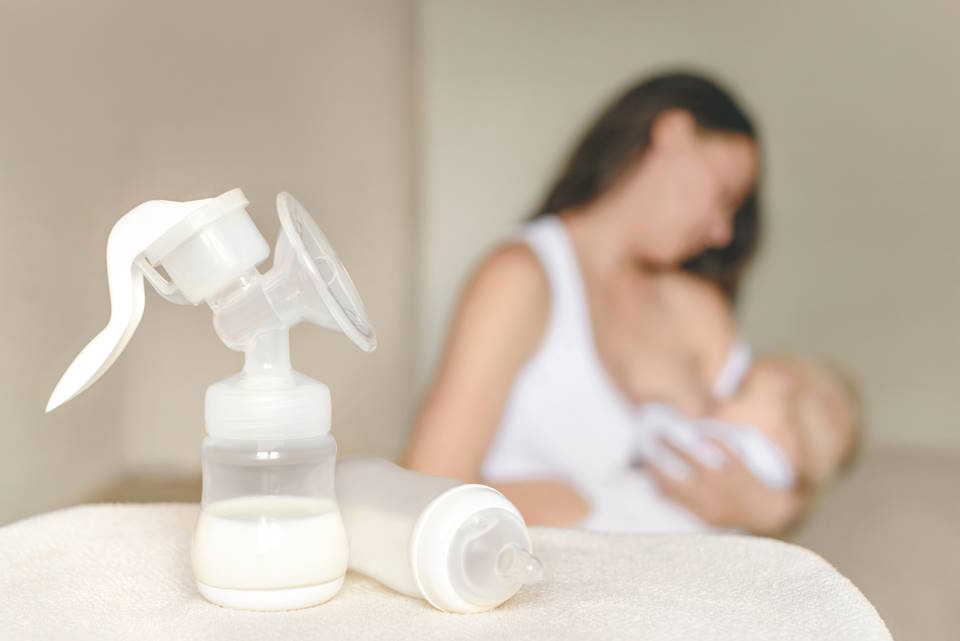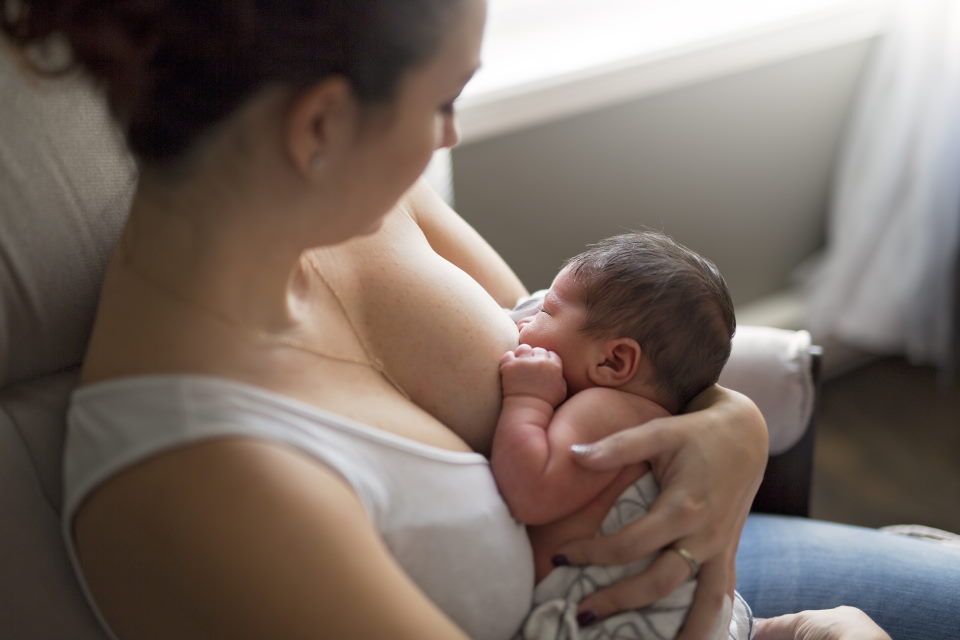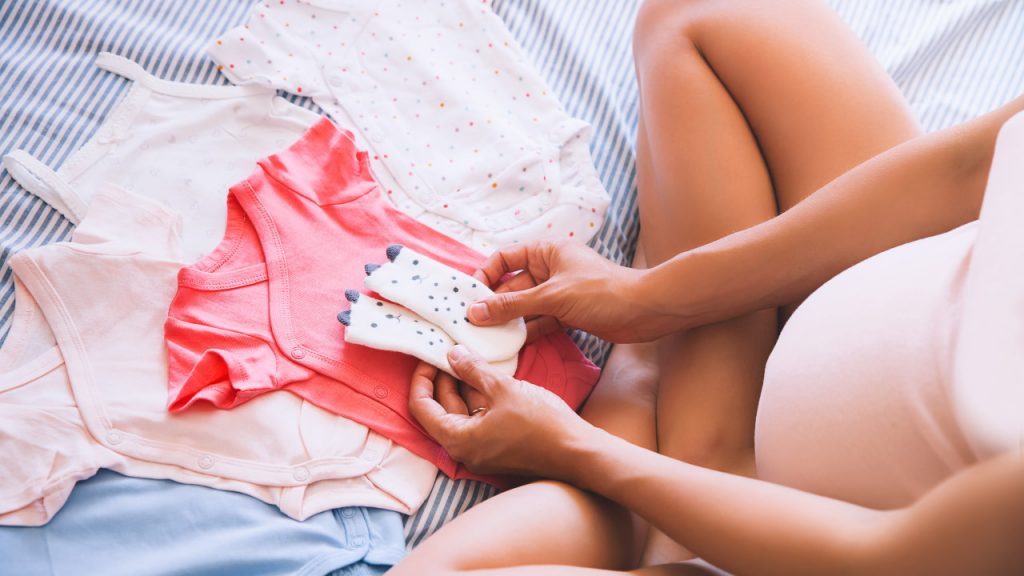Breastfeeding and pumping are two essential ways to provide nutrient-rich milk for your baby. While breastfeeding provides the best possible nutrition and bonding experience, pumping can also be a life-saver for working moms, those with low milk supply, and for building a stash of milk for your baby. But, what happens when you want to combine both? Can you breastfeed and pump together? How often should you pump while breastfeeding? These are some common questions that many new moms may have. We will explore the answers to these questions and some useful tips for moms looking to combine breastfeeding and pumping.
Introduction
Breastfeeding is a unique way of bonding with your baby while providing them with proper nutrition. However, it’s not always a feasible option for mothers due to various reasons, like returning to work or not having enough milk supply. In such cases, pumping milk is an option. But, combining breastfeeding and pumping can sometimes be challenging. Here are some tips on how to make it easier:
- Get a good quality breast pump: Invest in a good quality breast pump that is comfortable to use and efficient in extracting milk. Also, make sure to check the flange size for a perfect fit that prevents discomfort and injury to breasts.
- Establish a breastfeeding routine: Before you start pumping, make sure you and your baby have established a breastfeeding routine. Feed them when they are hungry and establish a regular schedule, as pumping may affect your milk supply.
- Pump whenever your baby takes a bottle: If you’re returning to work, pump after every feeding or whenever your baby takes a bottle. If possible, pump during the same time of day to maintain a steady milk supply.
Implementing these tips will help you breastfeed and pump comfortably and efficiently. Remember to take care of yourself, stay hydrated, and take breaks in between pumping sessions.
Can You Combine Breastfeeding and Pumping Milk?
Are you considering combining breastfeeding and pumping milk? It’s a common question among new moms who want to provide breast milk to their babies but also want to have flexibility in their schedule. The answer is yes, you can combine breastfeeding and pumping milk. In fact, many moms choose to do so.
Combining breastfeeding and pumping milk allows you to have a stash of milk for times when you can’t breastfeed, such as when you have to go back to work or when you need to run errands. It also helps to increase milk supply and prevent engorgement. It’s a great way to make sure your baby gets the benefits of breast milk while still having the convenience of a bottle.
- To combine breastfeeding and pumping milk, you should start pumping a few weeks after your baby is born to establish a good milk supply. You can pump after breastfeeding or in between feedings.
- You can store breast milk in the refrigerator for up to 4 days or in the freezer for up to 6 months. Make sure to label the milk with the date it was pumped.
- When you’re ready to use the milk, you can thaw it in the refrigerator overnight or warm it up in a bottle warmer or in a bowl of warm water.
| Pros of Combining Breastfeeding and Pumping Milk: | Cons of Combining Breastfeeding and Pumping Milk: |
|---|---|
|
|
How Many Times a Day Should I Pump While Breastfeeding?
If you’re a breastfeeding mother, you may be wondering about how often you should be pumping to keep up your milk supply. The answer depends on your individual needs as well as your baby’s. Here are some things to keep in mind when deciding how many times a day to pump:
- Frequency: Most experts recommend pumping at least 8-10 times a day in the early weeks after giving birth. This helps establish a good milk supply and ensures there’s plenty of milk available for your baby.
- Timing: The timing of your pumping sessions can also make a difference. Many mothers find it helpful to pump after breastfeeding to remove any leftover milk and keep their supply up. Others prefer to pump before a feeding to help their baby get more milk during the feeding itself.
- Comfort: It’s important to listen to your body and pump when you feel full or uncomfortable. Waiting too long between pumping sessions can lead to engorgement and may even decrease your milk supply over time.
Of course, every mother and baby is different, so there’s no one-size-fits-all answer to this question. Some women find that they need to pump more often to maintain their milk supply, while others are able to pump less frequently and still produce enough milk for their baby. It’s important to pay attention to your body’s cues and adjust your pumping schedule as needed.
How Long After Pumping Can I Breastfeed Again?
Breastfeeding can be an amazing bonding experience between mother and baby. However, it’s not always possible for moms to be with their babies all the time. That’s where pumping comes in. Pumping allows moms to collect breast milk and store it for later use. But many moms wonder how long after pumping can they breastfeed again.
The answer to this question really depends on your personal situation. If you’re pumping because you’ll be away from your baby for a short period of time, such as during work hours, you can generally breastfeed your baby right after pumping. In fact, this is often an ideal situation because it allows for more frequent stimulation of your milk production.
- Tip: If you are planning to go back to work after you have a baby, it’s a good idea to start pumping and storing breast milk a few weeks before your return date.
However, if you’re pumping because your baby isn’t able to breastfeed directly, you may need to wait a bit longer before breastfeeding again. In this situation, it’s best to work with a lactation consultant to determine the best course of action for your specific situation.
It’s important to note that breast milk can be stored in the refrigerator for up to four days and in the freezer for up to six months. So, if you’ve pumped and stored milk, you can always offer that milk to your baby at a later time if breastfeeding right after pumping isn’t an option.
| Storage Duration | Location |
|---|---|
| Up to four days | Refrigerator |
| Up to six months | Freezer |
Should I Pump Every Time I Breastfeed?
Many new mothers find themselves wondering if they should pump every time they breastfeed. The answer is not always straightforward, as it depends on a few different factors. Firstly, it’s important to understand why breastfeeding and pumping are both valuable for both you and your baby. Breastfeeding is important for establishing a strong bond, while also providing your baby with the most natural form of nutrients. Pumping, on the other hand, can help ensure that your baby is still receiving breast milk when you’re unable to feed them directly.
One reason you may want to consider pumping every time you breastfeed is if your baby is having trouble latching, or if they aren’t able to remove milk effectively. In these situations, pumping can help you maintain milk production and prevent engorgement or blocked milk ducts. Similarly, if you’re struggling to produce enough milk to meet your baby’s needs, pumping after each breastfeeding session can help stimulate additional milk production.
- On the other hand, there are also reasons why you may not necessarily need to pump every time you breastfeed.
- For instance, if your baby is able to remove milk effectively, and you’re not experiencing any pain or discomfort, you may not need to pump at all.
- Alternatively, if you find that you’re able to produce an ample amount of breast milk and your baby doesn’t require additional feedings throughout the day, pumping may not be necessary.
In the end, the decision of whether or not to pump every time you breastfeed is largely based on your personal preferences and individual circumstances. If you’re unsure about whether or not to pump, it’s always a good idea to consult with a lactation consultant or your healthcare provider. They can help you evaluate your specific situation and provide guidance on the best feeding plan for you and your baby.










